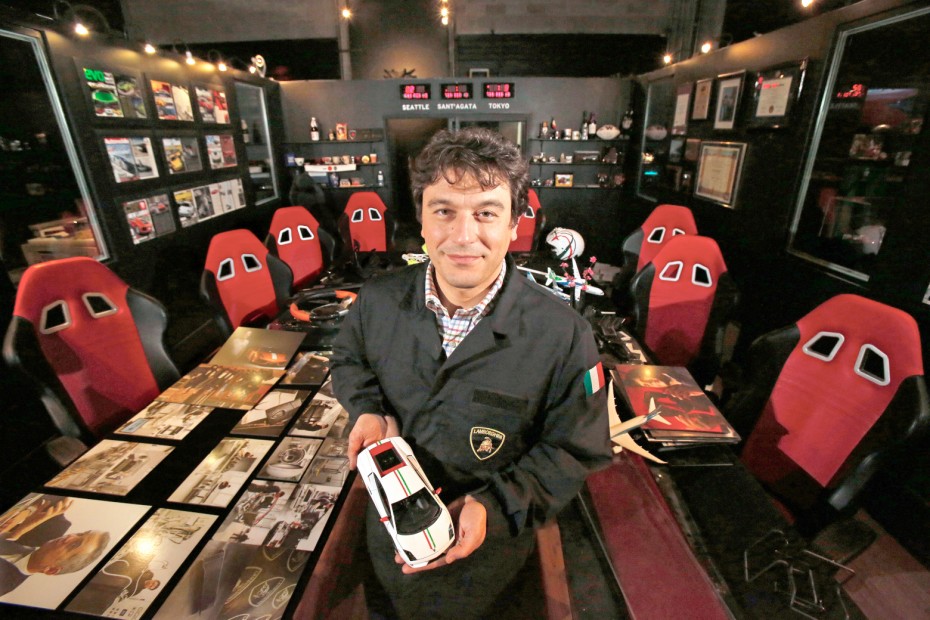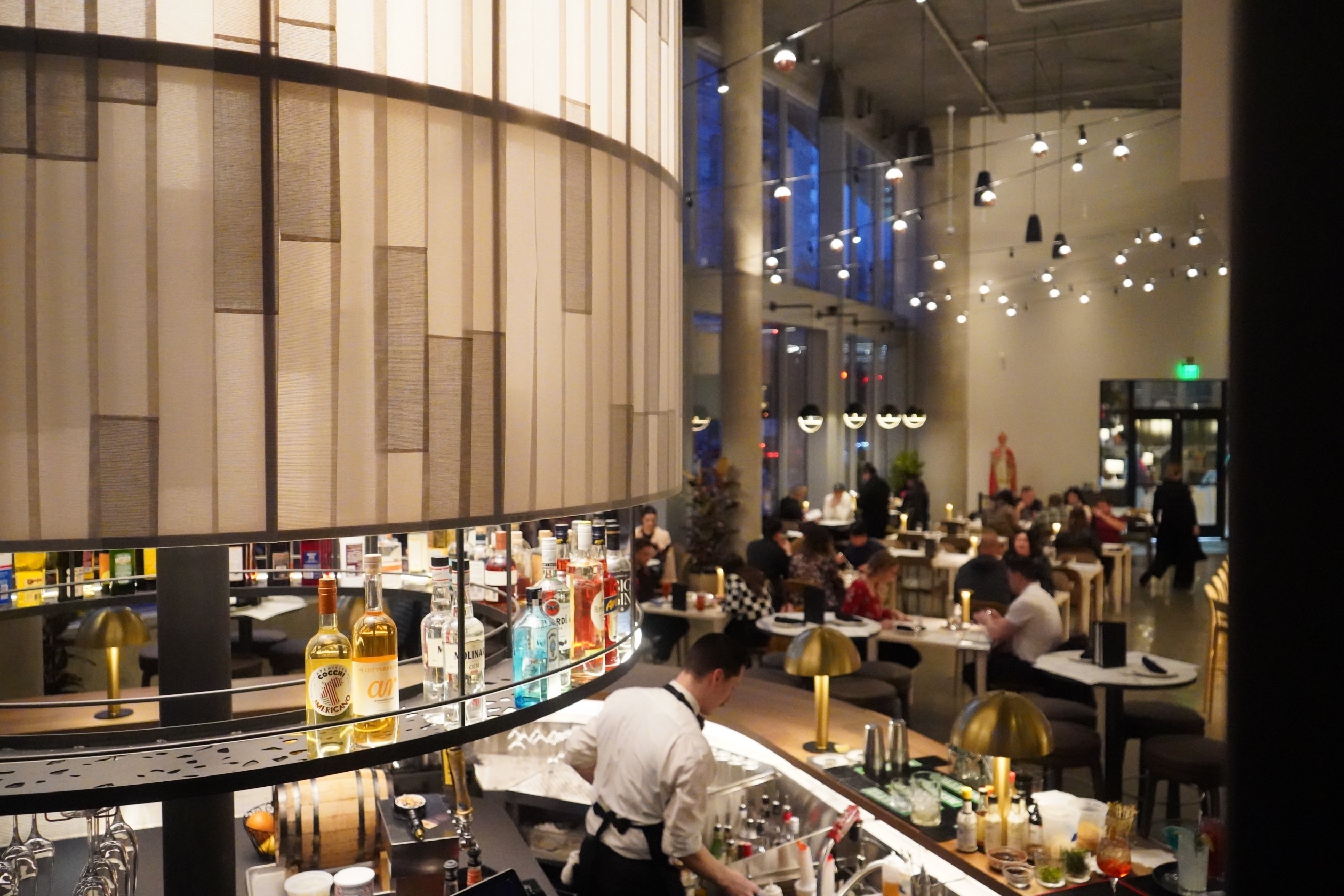On a quiet street not far from downtown Seattle, tucked between overgrown fields and train tracks, are several drab-brown buildings with white roll-up doors. Their nondescript location belies the fact that some of the world’s most revolutionary research in automotive materials is going on inside.
The Automobili Lamborghini Advanced Composite Structures Laboratory, headed by Dr. Paolo Feraboli, opened in Seattle in 2007. Last month, the lab launched a small technology and engineering museum, showcasing Lamborghini’s pioneering efforts in carbon fiber and composite materials.
Since 1963, Lamborghini automobiles have topped the list when it comes to ultralight, ultrafast, ultracool sports cars. Lamborghini owners comprise a “who’s who” of the world’s rich and famous. Frank Sinatra, who once owned a 1969 orange Lamborghini Miura, was once quoted as saying, “You buy a Ferrari when you want to be somebody. You buy a Lamborghini when you are somebody.”
In the early 1980s, the company wanted to increase the amount of carbon fiber used in its vehicles. It was drawn to Seattle because the Boeing Company was headquartered there. Lamborghini representatives visited the aircraft giant where they convinced Boeing engineer Rosario Vizzini to help, “persuading him with tales of good food and wine,” joked Feraboli.
More than twenty years later, the company returned to Seattle to partner with the University of Washington in the creation of the Advanced Composite Structures Laboratory with Feraboli—at the time, a UW aeronautical engineering professor—at the helm.
Feraboli was ideally positioned to lead the lab. Early in his career, he had worked for Lamborghini in Italy, where he helped develop composite structures for the Murciélago Roadster and secured crash-safety certification for an all-carbon composite vehicle door. He had been a visiting researcher at NASA’s Langley Research Center in Virginia and had published extensively on composite structures design.
The research lab was located on the UW campus until 2014 when it moved to Seattle’s Interbay district and became a stand-alone enterprise. Its research team continues to work on uncovering and testing solutions around damage tolerance, certification and crashworthiness, in close collaboration with Lamborghini’s research center in Sant’Agata Bolognese, Italy.
“We do a lot of materials testing, thermal and imaging work, ultrasonic inspection,” said Feraboli. “When we think we have something to share, we send it to Lamborghini in Italy where they make a full-scale model. At that point, the testing usually lasts about two years before it goes into production.”
At the museum, visitors learn about the history of carbon fiber and how composite materials have improved over the years. There are dozens of Lamborghini carbon fiber parts hanging on walls and suspended from the ceiling, including the very first Countach engine hood and various Murciélago body panels.
But the real attractions are the Lamborghini vehicles on display. During the May tour, visitors one by one climbed into the chassis of a Sesto Elemento (“Its name means sixth element,” explained Feraboli, “a reference to carbon’s atomic number.”) The Sesto pioneered the use of forged composites, a technology created in Seattle. By replacing as many components as possible with carbon fiber, vehicle weight dropped by about 25 percent and emissions decreased by about half. The Sesto on display had been used for road tests.
The second Lamborghini on exhibit, a gleaming white Gallardo, sporting red and green racing stripes, is also a visitor draw. The car is dramatically lit and positioned under the raging bull logo known worldwide to fans of Automobili Lamborghini.
The museum also has a section devoted to advanced composite materials used in other applications, ranging from a Boeing 787 to snowboard bindings to golf clubs. There’s even space-age carbon fiber dinnerware on display, including a tray, bowl and platter—the perfect complement for a special aperitivo!
If you go: The museum is open for tours one Saturday a month. The next tour date is July 18. Maximum number of people per tour is 12. Reservations and advance payment online are required. For more information: www.lambolab.org.
































